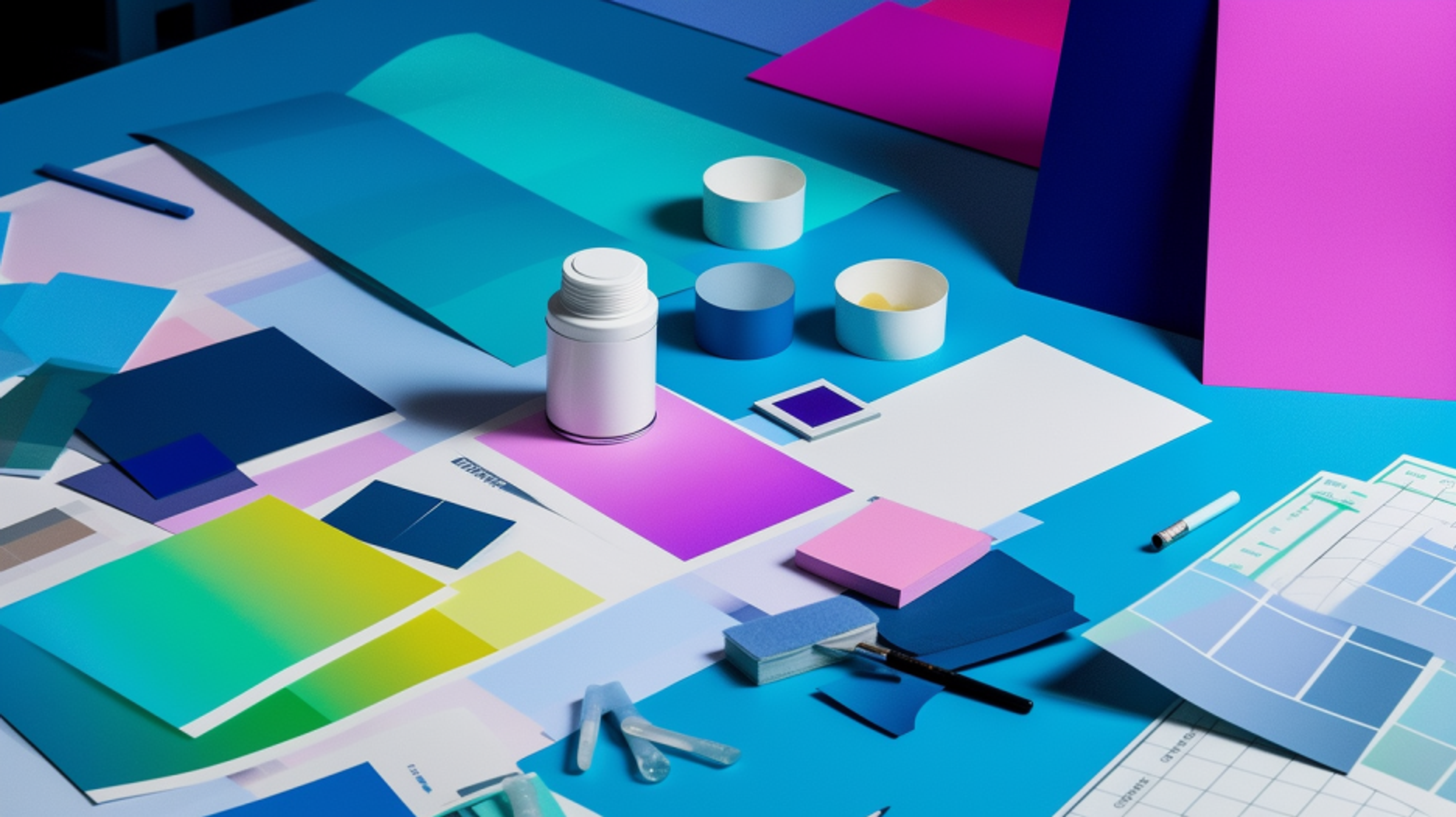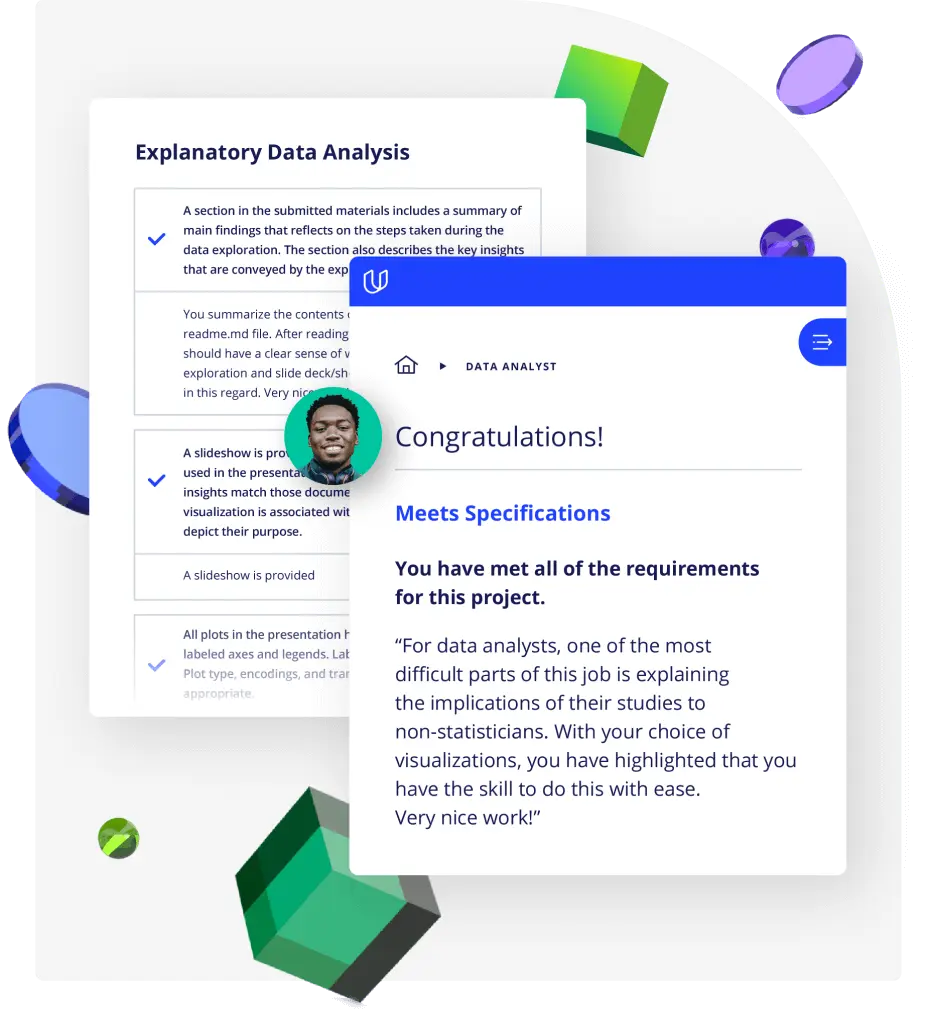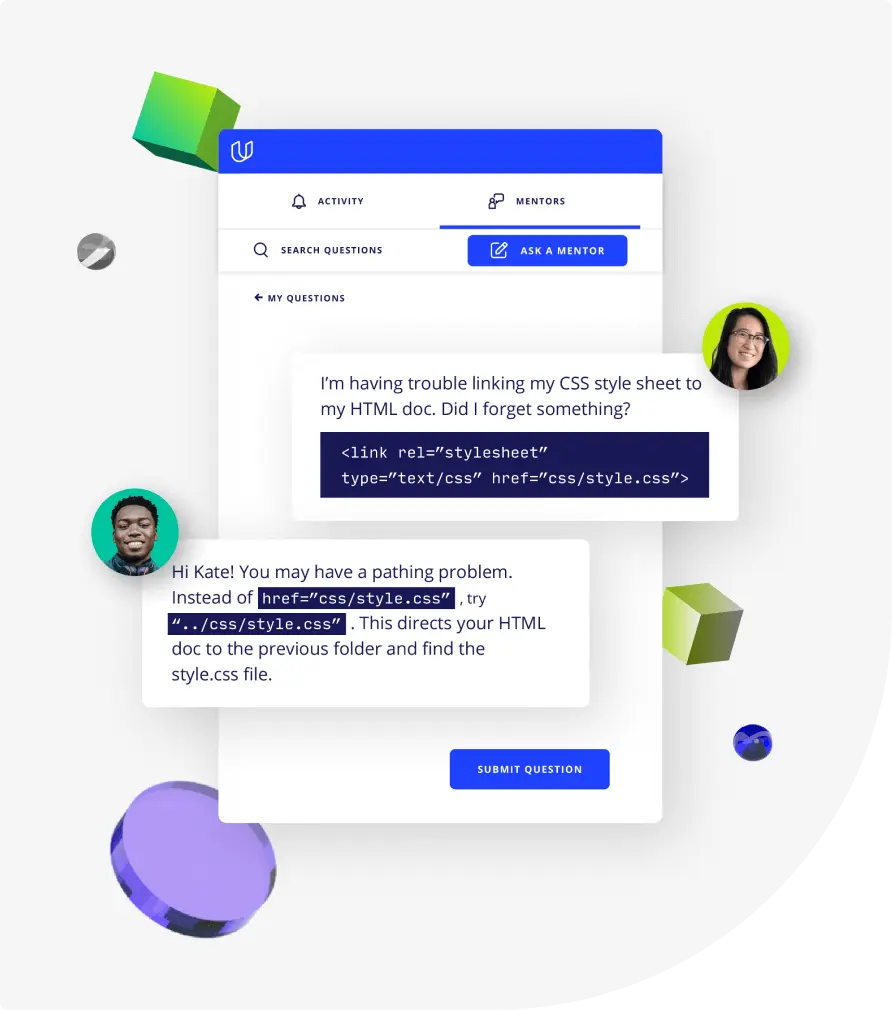Lesson 1
Course Overview
In this lesson, we'll introduce your instructor, give a brief overview of the course, and look ahead to what you'll be building for your final project.

Course
The best products have gone through rounds of iteration based on user research and feedback. Learn the process of a design sprint, and how to translate findings from research into a prototype that can be tested with users. Understand how to foster team collaboration and use divergent and convergent thinking to rapidly create testable prototypes. Apply user interface principles in the design of a clickable prototype, and conduct a usability test to gain valuable feedback from users that can be used in design iterations.
The best products have gone through rounds of iteration based on user research and feedback. Learn the process of a design sprint, and how to translate findings from research into a prototype that can be tested with users. Understand how to foster team collaboration and use divergent and convergent thinking to rapidly create testable prototypes. Apply user interface principles in the design of a clickable prototype, and conduct a usability test to gain valuable feedback from users that can be used in design iterations.
Beginner
3 weeks
Real-world Projects
Completion Certificate
Last Updated March 24, 2024
Skills you'll learn:
Prerequisites:
No experience required
Lesson 1
In this lesson, we'll introduce your instructor, give a brief overview of the course, and look ahead to what you'll be building for your final project.
Lesson 2
Let's look at how to explore product opportunities collaboratively—while reducing our risks and ensuring our team is aligned throughout an ambiguous design process.
Lesson 3
The best products are informed by user needs. Let's look at how we can use research to find those needs—and uncover high-value product features that we can target in our designs.
Lesson 4
Great products don't re-invent the wheel; they expand on design patterns that users are already comfortable with. In this lesson, we'll explore some fundamental UI principles for digital products.
Lesson 5
It's expensive to engineer and implement solutions in code. In this lesson, we'll practice the hard skill of building an interactive prototype that feels like a real piece of software.
Lesson 6
Even the best looking designs may have unexpected problems. You'll learn hard skills to take your designs into the wild to identify issues early.
Lesson 7 • Project
In this project, you'll demonstrate a grasp on the design process from customer understanding through to lo-fi prototyping.

Instructor
Gabe is the CTO at Ursa & Tech Advisor for Start-Ups. Gabe has expertise in building cloud-based machine learning and natural language processing services at early stage tech companies. He holds technical degrees from Cornell University and Stony Brook University.
Combine technology training for employees with industry experts, mentors, and projects, for critical thinking that pushes innovation. Our proven upskilling system goes after success—relentlessly.

Demonstrate proficiency with practical projects
Projects are based on real-world scenarios and challenges, allowing you to apply the skills you learn to practical situations, while giving you real hands-on experience.
Gain proven experience
Retain knowledge longer
Apply new skills immediately

Top-tier services to ensure learner success
Reviewers provide timely and constructive feedback on your project submissions, highlighting areas of improvement and offering practical tips to enhance your work.
Get help from subject matter experts
Learn industry best practices
Gain valuable insights and improve your skills

Unlimited access to our top-rated courses
Real-world projects
Personalized project reviews
Program certificates
Proven career outcomes
Full Catalog Access
One subscription opens up this course and our entire catalog of projects and skills.
Average time to complete a Nanodegree program
4 weeks
, Beginner
(672)
2 months
, Beginner
19 hours
4 weeks
, Beginner
4 weeks
, Beginner
4 weeks
, Intermediate
4 weeks
, Beginner
4 weeks
, Beginner
16 hours
1 month
, Beginner
4 weeks
, Beginner
4 weeks
, Intermediate
4 weeks
, Beginner
4 weeks
, Intermediate
3 days
, Beginner
5 days
, Beginner

Concept to Low-Fidelity Prototyping
4 weeks
, Beginner
(672)
2 months
, Beginner
19 hours
4 weeks
, Beginner
4 weeks
, Beginner
4 weeks
, Intermediate
4 weeks
, Beginner
4 weeks
, Beginner
16 hours
1 month
, Beginner
4 weeks
, Beginner
4 weeks
, Intermediate
4 weeks
, Beginner
4 weeks
, Intermediate
3 days
, Beginner
5 days
, Beginner